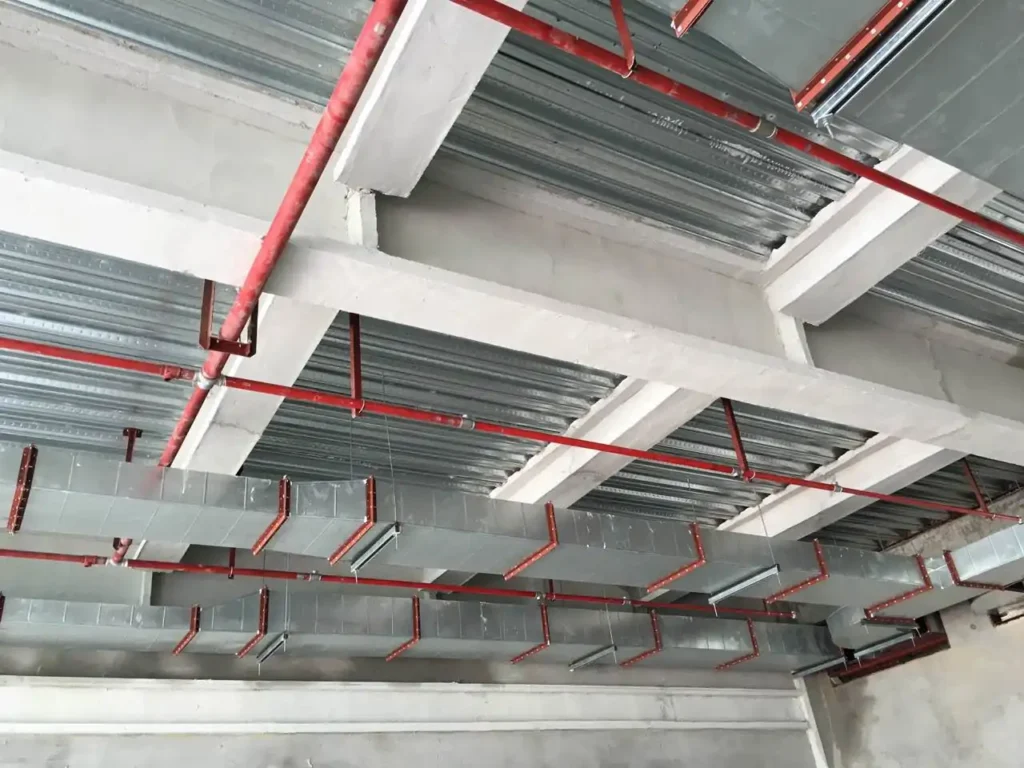Messi Biology states that as an inorganic smoke suppressant, the physical characteristics of magnesium carbonate (especially particle size and morphological structure) significantly affect the dispersibility, thermal decomposition behavior, reaction efficiency, and ultimate smoke suppression effect in coating systems. Magnesium carbonate with different particle sizes exhibits vastly different behaviors in coatings:

- Smaller particle size leads to a larger specific surface area, enhancing reaction activity and adsorption.
- Larger particle size tends to agglomerate, making dispersion difficult and reducing the smoke suppression effect.
I. Impact of Different Particle Sizes of Magnesium Carbonate on Key Performance
- Thermal Decomposition Behavior
Smaller particle size magnesium carbonate, due to its large specific surface area, has a lower initial decomposition temperature and decomposes more rapidly, releasing CO₂ faster to achieve an earlier smoke suppression effect.
Larger particle sizes require higher temperatures for decomposition, exhibiting higher thermal inertia and delaying the smoke suppression reaction. - Smoke Density Inhibition Effect
Smaller particle size materials are more easily dispersed uniformly to form a dense protective layer, which can more effectively dilute and adsorb combustible gases and smoke particles. - Dispersibility and Construction Adaptability
Nano magnesium carbonate requires assistance from high-shear or ultrasonic equipment, and surface modification (e.g., silane) can improve agglomeration.
Micron-sized particles (1-5 μm) are a commonly used standard in industry, offering high cost-effectiveness and moderate dispersibility.
Large particle magnesium carbonate often causes whitening, thickening, and increased grittiness in the coating, affecting construction and film formation quality. - Impact on Coating Performance
The smaller the particle size, the higher the transparency and gloss of the coating film, the higher the system viscosity, and the better the leveling properties.
II. Application Recommendations and Engineering Selection
Recommended Particle Size Selection
- Transparent fire-retardant coatings: <1 μm (nano), to ensure transparency and efficient smoke suppression.
- Interior water-based coatings: 1-5 μm, low cost, moderate dispersibility.
- High-solids industrial coatings: ≤5 μm, controllable viscosity, good workability.
- Powder coatings: ≤10 μm, to ensure processing performance.
Synergistic Addition Strategy
- Nano magnesium carbonate + Micron magnesium carbonate → Comprehensive particle size system, improving filling density and smoke suppression efficiency.
- Magnesium carbonate + Aluminum hydroxide/Ammonium phosphate salts → Synergistic flame retardancy and smoke suppression.
III. Future Research Directions
- Developing new multifunctional nanocomposite smoke suppressants by combining magnesium carbonate with graphene, expandable graphite, and montmorillonite.
- Investigating the impact of particle size on the carbonization behavior of coatings and the mechanism of fire residue structure formation.
- Designing intelligent and controllable release type magnesium carbonate (e.g., temperature-responsive encapsulated type).
